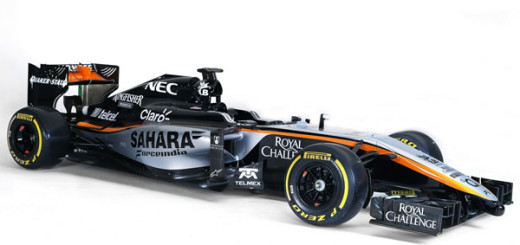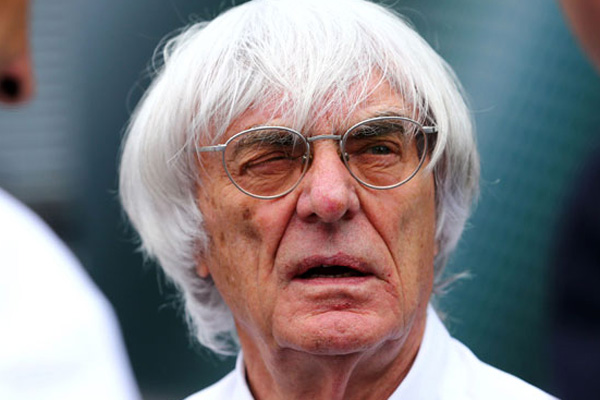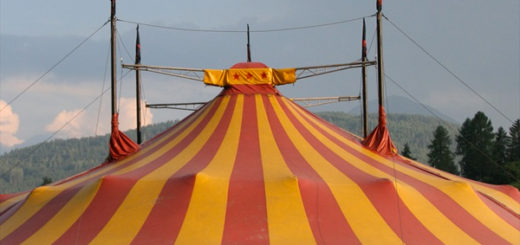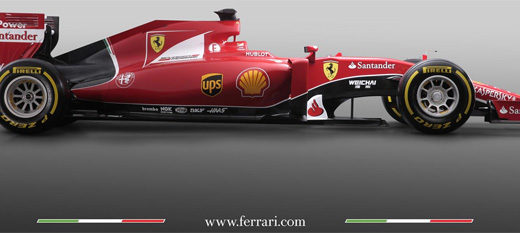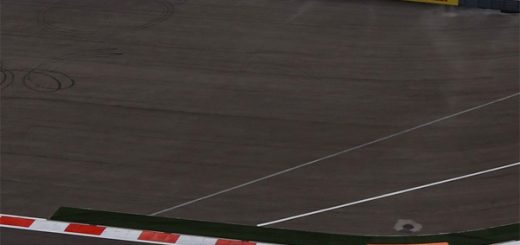End Of An Era In Formula One?
As the Formula One season for 2013 runs to it’s end, many are speaking of this as the end of an Era. The V8 engines that have screamed and wailed for the last decade or so are going out, replaced by new small displacement V6 turbo engines – and a whole bunch of electric power, which is pretty innovative but a little weird.
As for next year, as an example, cars will have to run on the battery only in the pit lane. That’s right, silent get aways as the cars pull away from their pit stalls. That and a host of other changes are on tap, all of which shows a major shift in the “formula” that is formula one.
Yet, I don’t really think of this as the end of an era, rather, it’s the middle of perhaps one of the poorest times for Formula one in ages. It’s not so much the era of outright domination by the Red Bull team, with near unlimited budgets and some of the best rule benders in the business, nor has it been the era of the V8 engines. Rather for me it has been and will continue to be the era or mind numbingly boring tracks, trick rules like DRS, and a general removal of almost all risk from Formula one.
Hermann Tilke is often cited as the creator of this situation, he and his company design and help to build the tracks. They have either created or “freshened” 75% or more of the tracks on the current calendar, many of which are technical challenges that are as boring as they come to watch. One truly classic example of this is the Circuit of the Americas, which should have been an amazing track, but instead outside of a neat turn one as turned into a dull track for auto racing. The motorcycles seem to do very well on it and have interesting racing, but the visit by the V8 Supercars from Australia showed just how dull racing can be on these tracks.
The real key over the last few years has been the paving of run off areas. So many tracks now have large, significant paved run off areas, so much so that a failure to make a corner costs a driver a few tenths as they turn wide on the “run off”. In the past, it might have been a spin and a crash, or at least a spin and a fair amount of time lost. In some cases, the paved areas are being turned more and more into the actual track, with cars just barely keeping a half a wheel inside the lines to stay legal.
When you remove the risk of a race ending spin or even accident, you remove the risk of overdoing it slightly, especially in practice and qualifying. In removing the risk, you make it much easier for the best drivers in the world to drive their cars at 10/10ths without concern for the risk if they go slightly past that point. This season it’s been pretty much par for the course to see almost every car in the race at some point go off the track and come right back on without risk.
On a number of tracks, they have paved all of the area between curves in chicanes or left rigth complexes, making the punishment for over cooking the turn almost negligible. On other tracks, for fear of dirt being kicked up tracks have paved the outsides of the exits of corners to make the tracks wider, effectively lessening the challenge of the corners and defeating the purpose of the limited road surface.
Tilke is famous for this, the Circuit of the Americas complex through turns 2 through 5 or 6 is pretty much a paved parking lot with colored lines to define the track, with essentially no risk if you fail. India is the same, with huge paved run off areas. Even the previously scary and forbidden 130R in Japan as been neutered by a massive paving on the run off area.
You can often see the effects of these dull and safe tracks by looking at the lap times for team mates. More often than not, the grid is two by two by two, with little given for the skill of the individual driver and much more given for only the car and it’s setup. It takes much of the thrill out of racing to know it’s more about what the engineers did (or what tricky designers like Adrian Newey got away with) than the drivers actual skill. The only time that tends to change is when it rains, as much of the design of the car is for nothing compared to the drivers’ judgement in how to drive the conditions. That suddenly adds the element of risk and danger that is sorely lacking the rest of the time.
While the end of the V8s is an end of the era for some, we are still stuck in the era of horrible, boring, overly safe tracks that take away much of the challenge of the sport. Until those things change, it’s unlikely that Formula One will be truly spectacular again.

